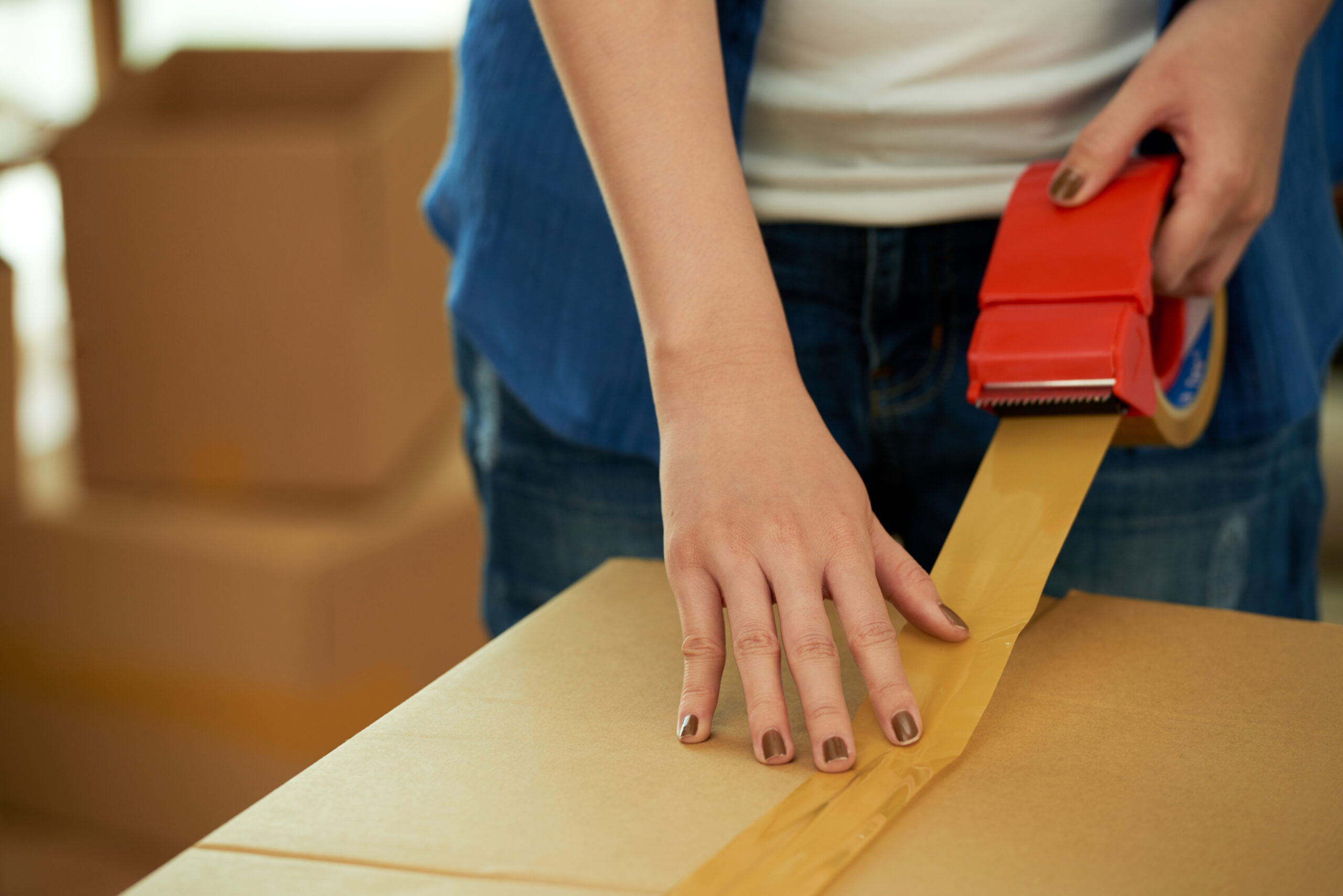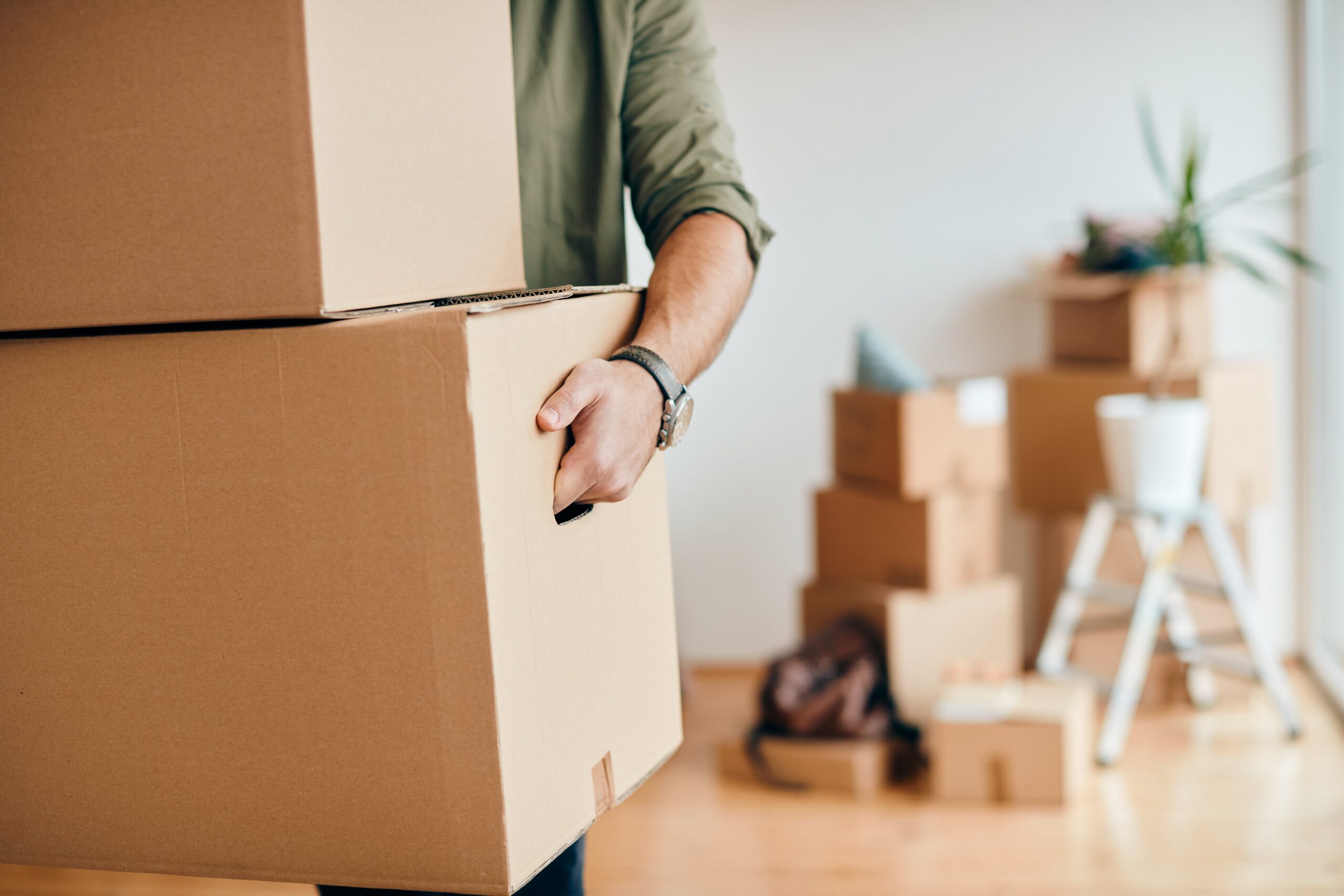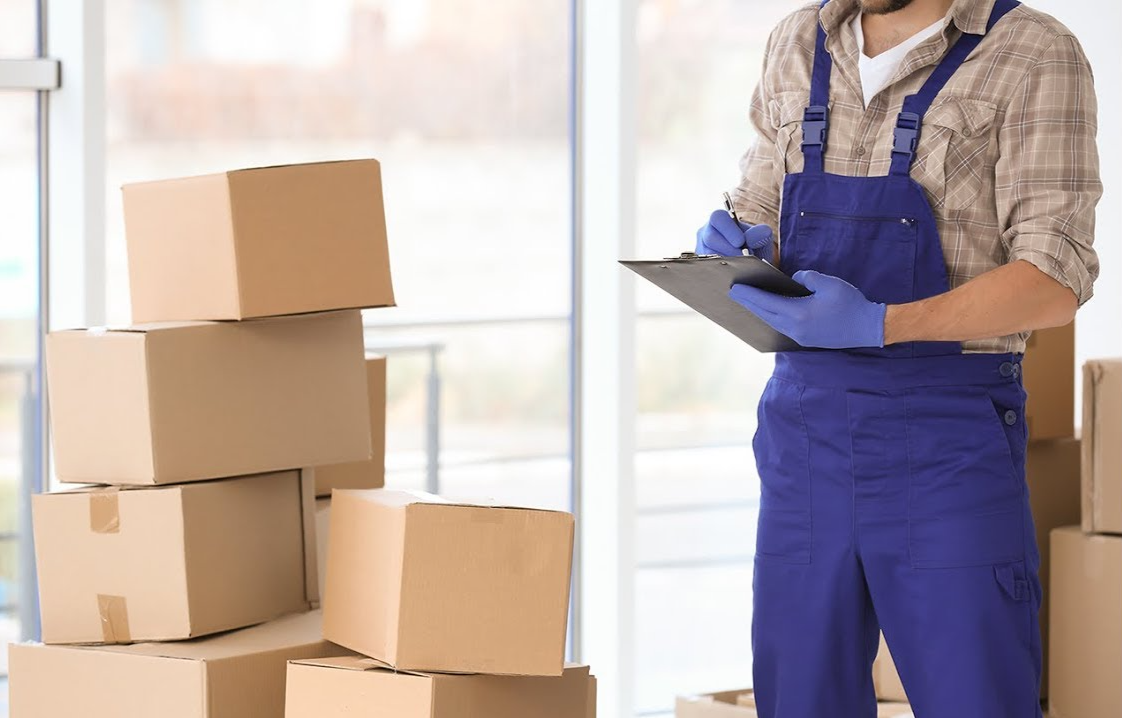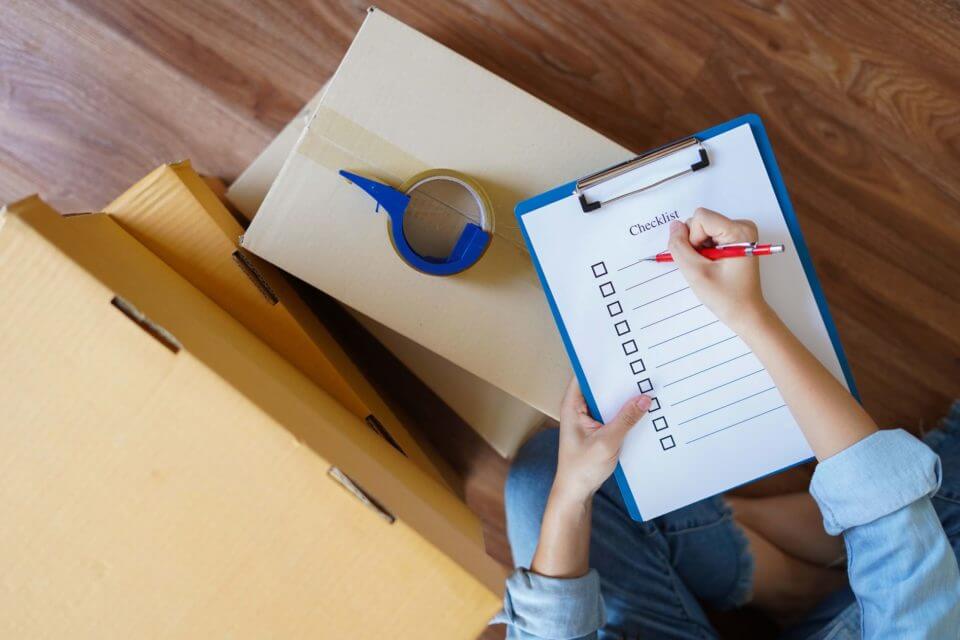Whether it’s cherished heirlooms, expensive glassware, or delicate electronics, ensuring these items arrive safely at your new home is paramount. Packing fragile items for a long-distance move requires careful planning and suitable materials. Here’s a guide to help you pack your delicate belongings securely.
Gather the Right Packing Materials
The first step to safely packing fragile items is having the appropriate materials. Here’s what you’ll need:
- Sturdy Boxes: Opt for heavy-duty boxes that can withstand the rigours of long-distance travel. It’s also a good idea to use boxes designed explicitly for fragile items, such as dish packs or boxes with dividers.
- Bubble Wrap: This essential packing material provides a cushioned layer around your fragile items, protecting them from shocks and bumps.
- Packing Paper: Use packing paper to wrap delicate items, filling gaps in the boxes to prevent movement.
- Packing Peanuts or Foam: These materials fill the remaining spaces in the box, ensuring that the items inside don’t shift during transport.
- Packing Tape: High-quality packing tape is crucial for securely sealing boxes.
- Markers: Use markers to label each box clearly, indicating that they contain fragile items.
Prepare the Items for Packing
Before placing fragile items into boxes, take the time to prepare them properly:
- Clean Your Items: Dust and clean fragile items before packing to prevent dirt and debris from causing scratches or other damage.
- Disassemble Large Items: If possible, disassemble large, fragile items such as lamps, mirrors, or glass furniture. Wrap each component separately to minimise the risk of breakage.
- Separate Items: Avoid packing too many items together. Pack them separately or with plenty of padding to prevent them from touching and potentially damaging each other.
Wrap Each Item Individually
It is best to wrap each delicate object separately to offer optimal protection:
- Use Bubble Wrap or Packing Paper: Start wrapping each item in packing paper and securing it with tape. Then, wrap the item with bubble wrap for an added layer of protection. Ensure that every part of the item is covered, paying extra attention to corners and edges.
- Double Wrapping: For particularly delicate items, consider double wrapping with bubble wrap or adding an extra layer of padding.
- Cushion the Bottom of the Box: Before placing any items inside, place a layer of packing peanuts or crumpled packing paper at the bottom of the box. This layer provides shock absorption.
Pack the Box Properly
Once your items are wrapped, it’s time to pack the box:
- Place Heavier Items at the Bottom: When packing fragile items, always place heavier items at the bottom of the box, followed by lighter items on top. This ensures the weight is distributed evenly, reducing the risk of damage.
- Fill All Gaps: Use packing peanuts, foam, or crumpled paper to fill any gaps in the box. This will ensure that nothing moves while being relocated.
- Don’t Overpack: Packing can prevent items from being crushed. Ensure that the box closes easily and the contents are secure without being forced.
Seal and Label the Box
After packing, it’s crucial to seal the box correctly:
- Use Strong Tape: Seal the box with strong packing tape, reinforcing the bottom and top seams for security.
- Label the Box: Clearly label the box as “Fragile” on all sides, and if necessary, indicate which side should face up. This will warn the movers to take extra care when handling the box.
Consider Professional Help
If you’re unsure about packing your fragile items, consider hiring professional packers. They have the experience and materials to ensure your delicate belongings are packed safely for long-distance travel. Additionally, some moving companies offer special crating services for high-value items, providing protection. Have a stress-free and timely relocation with professional removalists in Darlinghurst, Pennant Hills, Wentworthville, Penshurst, Cronulla and other suburbs.
Bottom-line
Packing fragile items for a long-distance move requires careful preparation and attention to detail. Using suitable materials, wrapping each item individually, and filling your boxes correctly ensures that your delicate belongings arrive safely at your new home. Remember, the key to a successful move is to pack correctly. If in doubt, don’t hesitate to seek professional help to give you peace of mind.



 70+ reviews
70+ reviews

